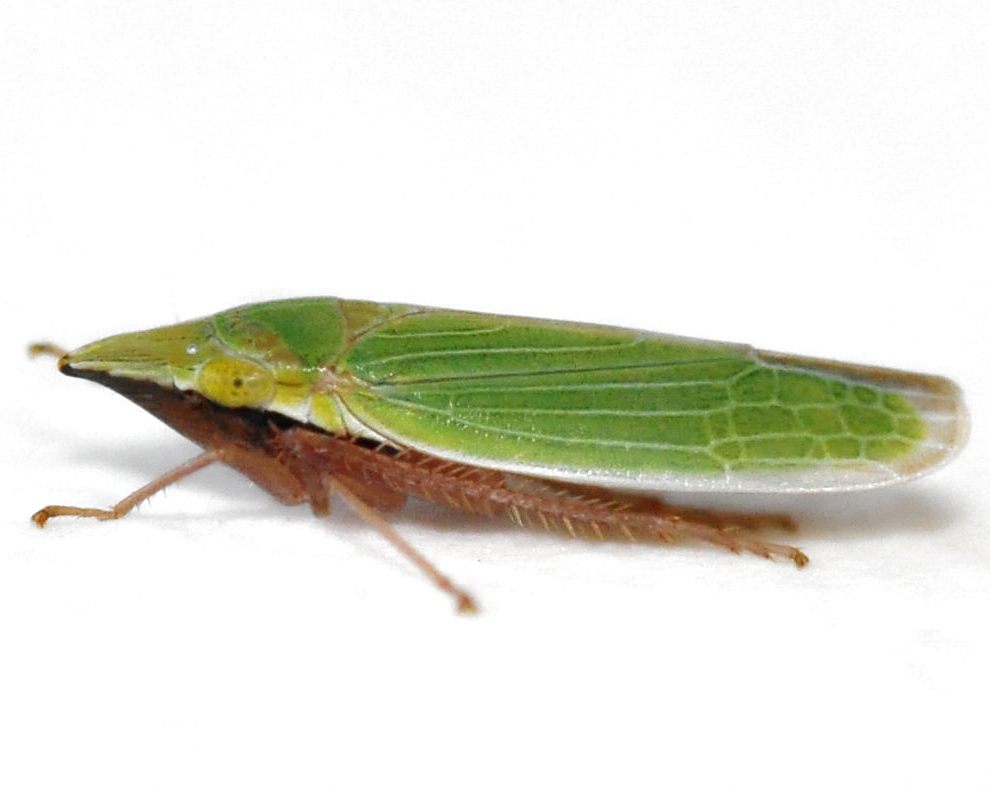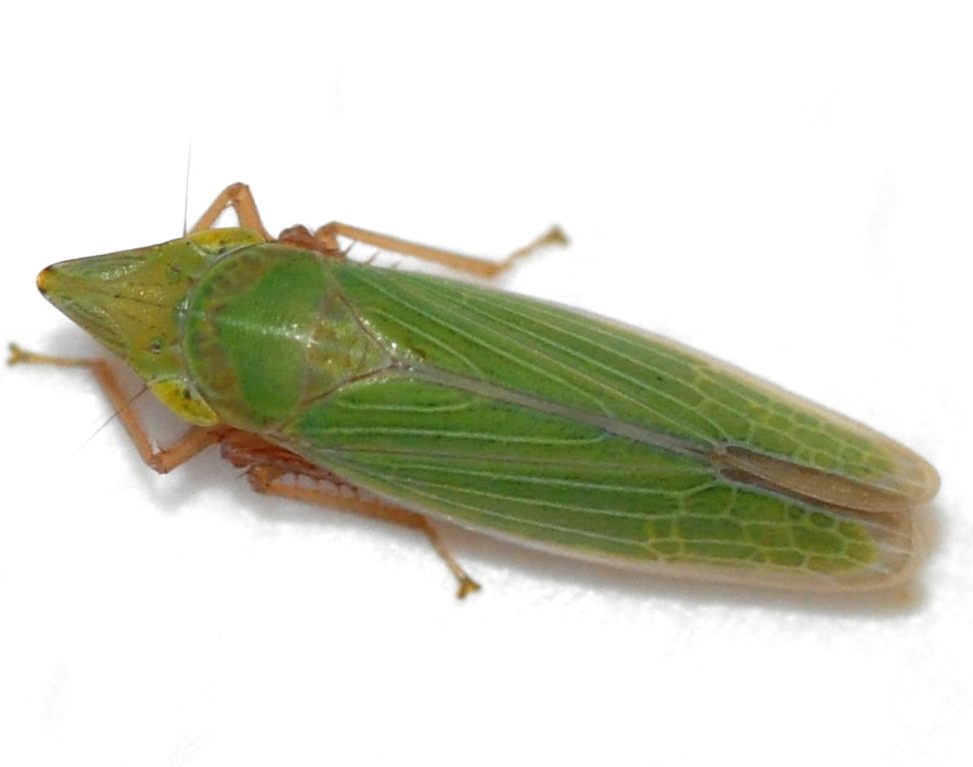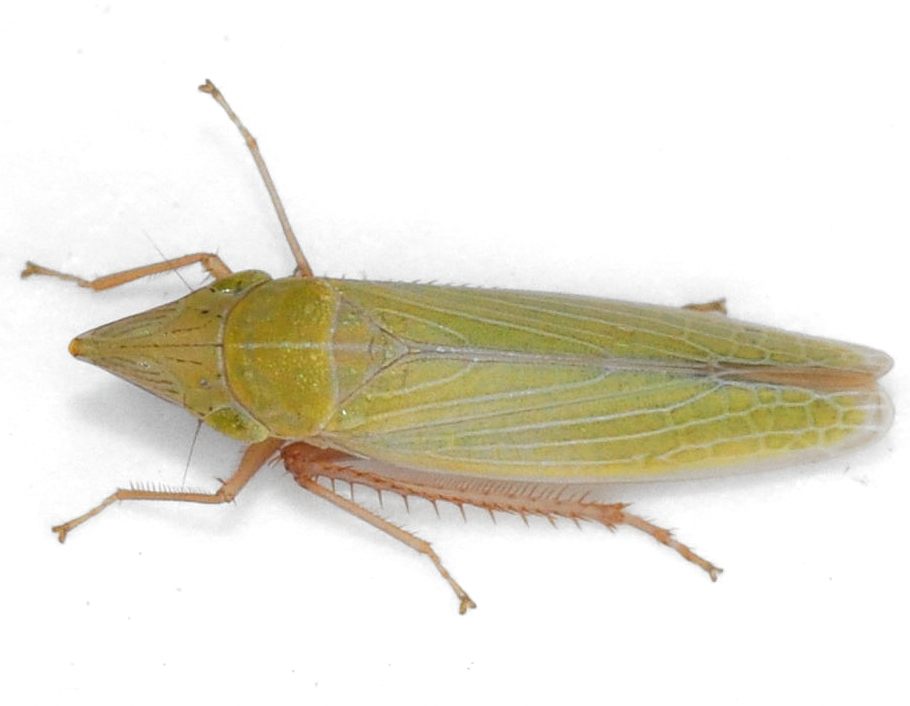Species Photo Gallery for Draeculacephala antica No Common Name 70 |
 | Photo by: Jim Petranka and Becky Elkin
Madison Co.
Comment: |  | Photo by: Jim Petranka and Becky Elkin
Madison Co.
Comment: |
 | Photo by: Jim Petranka and Becky Elkin
Madison Co.
Comment: | 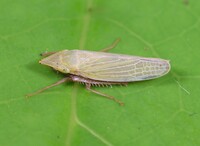 | Photo by: Rob Van Epps
Iredell Co.
Comment: Caught sweeping in grassy, weedy area. |
 | Photo by: Rob Van Epps
Iredell Co.
Comment: Caught sweeping in grassy, weedy area. | 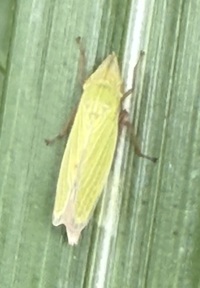 | Photo by: Marilyn Westphal
Henderson Co.
Comment: |
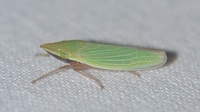 | Photo by: K. Bischof
Transylvania Co.
Comment: GORG |  | Photo by: Solomon Hendrix
Wake Co.
Comment: attracted to UV light |
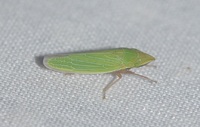 | Photo by: K. Bischof
Transylvania Co.
Comment: GORG | 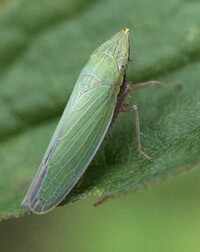 | Photo by: Ted Wilcox
Watauga Co.
Comment: unid_leafhopper |
 | Photo by: Ted Wilcox
Watauga Co.
Comment: unid_leafhopper | 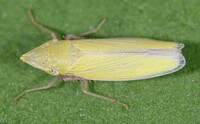 | Photo by: Rob Van Epps
Mecklenburg Co.
Comment: Caught sweeping. Appears to be a Strepsipteran parasitizing this individual (embedded in a segment on the underside). |
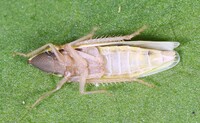 | Photo by: Rob Van Epps
Mecklenburg Co.
Comment: Caught sweeping. Appears to be a Strepsipteran parasitizing this individual (embedded in a segment on the underside). | 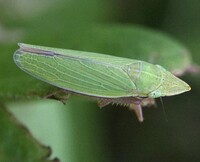 | Photo by: Ted Wilcox
Watauga Co.
Comment: unid_leafhopper |
 | Photo by: Ted Wilcox
Watauga Co.
Comment: unid_leafhopper | 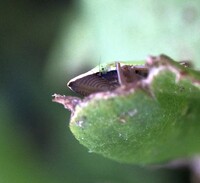 | Photo by: Ted Wilcox
Watauga Co.
Comment: unid_leafhopper |
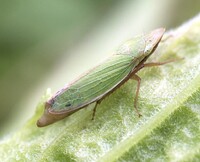 | Photo by: Ted Wilcox
Watauga Co.
Comment: unid_leafhopper | 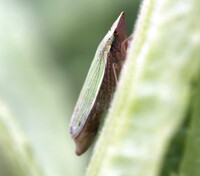 | Photo by: Ted Wilcox
Watauga Co.
Comment: unid_leafhopper |
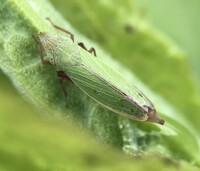 | Photo by: Ted Wilcox
Watauga Co.
Comment: unid_leafhopper |  | Photo by: Lior Carlson
Orange Co.
Comment: |
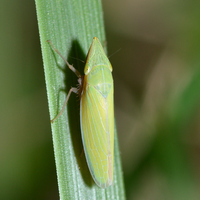 | Photo by: Margarita Lankford
Orange Co.
Comment: https://www.inaturalist.org/observations/83075150 |  | Photo by: Margarita Lankford
Chatham Co.
Comment: https://www.inaturalist.org/observations/73979056 |
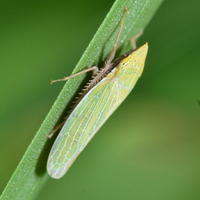 | Photo by: Margarita Lankford
Orange Co.
Comment: https://www.inaturalist.org/observations/57489828 | 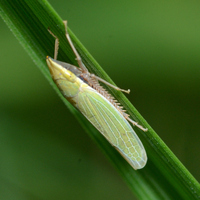 | Photo by: Margarita Lankford
Orange Co.
Comment: https://www.inaturalist.org/observations/57489828 |
 | Photo by: Margarita Lankford
Orange Co.
Comment: https://www.inaturalist.org/observations/55736378 | 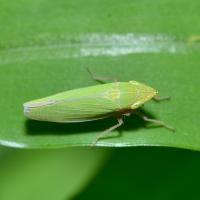 | Photo by: Margarita Lankford
Swain Co.
Comment: https://www.inaturalist.org/observations/52744541 |
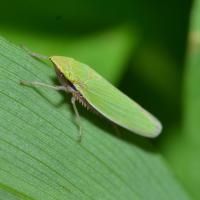 | Photo by: Margarita Lankford
Swain Co.
Comment: https://www.inaturalist.org/observations/52744541 | 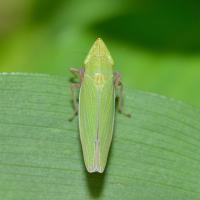 | Photo by: Margarita Lankford
Swain Co.
Comment: https://www.inaturalist.org/observations/52744541 |
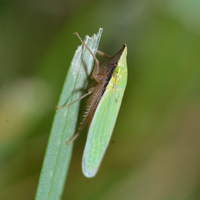 | Photo by: Margarita Lankford
Orange Co.
Comment: https://www.inaturalist.org/observations/49981108 | 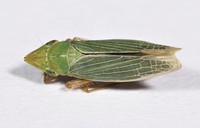 | Photo by: Rob Van Epps
Mecklenburg Co.
Comment: Caught sweeping in a grassy field. |
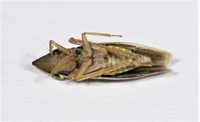 | Photo by: Rob Van Epps
Mecklenburg Co.
Comment: Caught sweeping in a grassy field. | 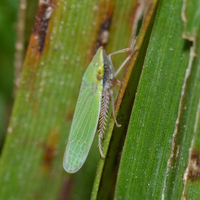 | Photo by: Margarita Lankford
Orange Co.
Comment: https://www.inaturalist.org/observations/32733220 |
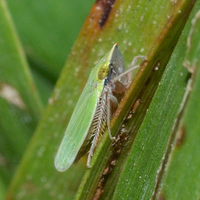 | Photo by: Margarita Lankford
Orange Co.
Comment: https://www.inaturalist.org/observations/32733220 | 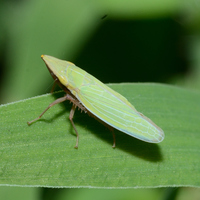 | Photo by: Margarita Lankford
Orange Co.
Comment: https://www.inaturalist.org/observations/31209241 |
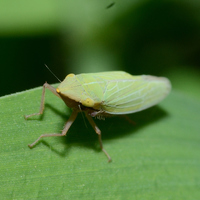 | Photo by: Margarita Lankford
Orange Co.
Comment: https://www.inaturalist.org/observations/31209241 |  | Photo by: Margarita Lankford
Orange Co.
Comment: https://www.inaturalist.org/observations/31209241 |
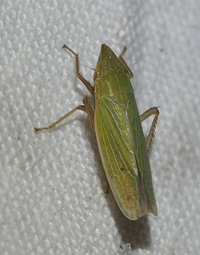 | Photo by: Randy Emmitt
Orange Co.
Comment: uv light. Moved sideways most of the time. And it was short and stocky for a Draeculacephala. - unid_leafhopper | 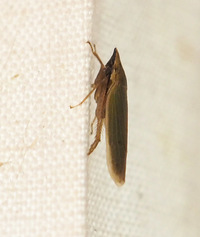 | Photo by: Randy Emmitt
Orange Co.
Comment: uv light. Moved sideways most of the time. And it was short and stocky for a Draeculacephala. - unid_leafhopper |
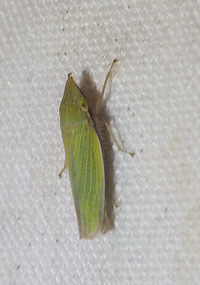 | Photo by: Randy Emmitt
Orange Co.
Comment: Male 6.5 mm long took specimen to confirm. | 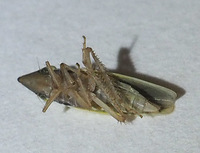 | Photo by: Randy Emmitt
Orange Co.
Comment: Male 6.5 mm long took specimen to confirm. |
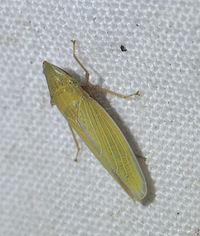 | Photo by: Randy L Emmitt
Orange Co.
Comment: a bit on the yellow side? - unid_leafhopper | 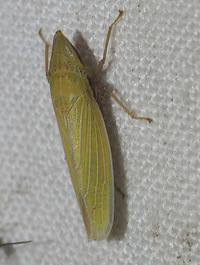 | Photo by: Randy L Emmitt
Orange Co.
Comment: UV light. Seems to have several different Draeculacephala, hope to sort them out. |
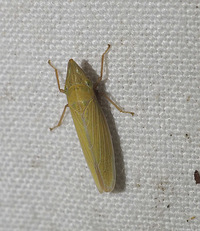 | Photo by: Randy L Emmitt
Orange Co.
Comment: UV light. Seems to have several different Draeculacephala, hope to sort them out. |  | Photo by: Ken Kneidel
Mecklenburg Co.
Comment: 7.1mm, collected during sweep of overgrown retention area |
 | Photo by: Ken Kneidel
Mecklenburg Co.
Comment: 7.1mm, collected during sweep of overgrown retention area | 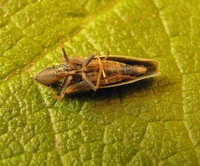 | Photo by: Ken Kneidel
Mecklenburg Co.
Comment: 7.1mm, collected during sweep of overgrown retention area |
 | Photo by: R Emmitt
Orange Co.
Comment: moth lights. - unid_treehopper | 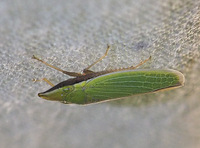 | Photo by: R Emmitt
Orange Co.
Comment: moth lights. - unid_treehopper |
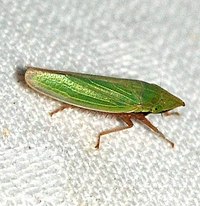 | Photo by: Paul Scharf
Warren Co.
Comment: Attracted to Black Light | 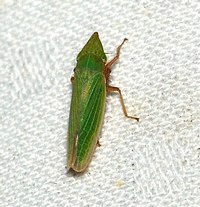 | Photo by: Paul Scharf
Warren Co.
Comment: Attracted to Black Light |
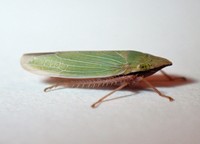 | Photo by: Rob Van Epps
Mecklenburg Co.
Comment: Grassy, open area. | 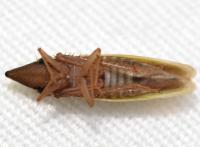 | Photo by: Kyle Kittelberger, Paul Scharf, Brian Bockhahn
Rockingham Co.
Comment: attracted at night with a light |
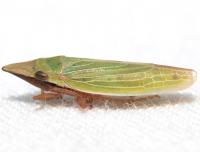 | Photo by: Kyle Kittelberger, Paul Scharf, Brian Bockhahn
Rockingham Co.
Comment: attracted at night with a light |  | Photo by: Kyle Kittelberger, Paul Scharf, Brian Bockhahn
Rockingham Co.
Comment: attracted at night with a light |
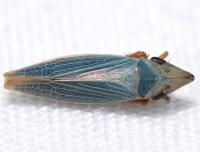 | Photo by: Kyle Kittelberger, Paul Scharf, Brian Bockhahn
Rockingham Co.
Comment: attracted at night with a light; at least 1 blue individual as well; A. Hamilton "These sky-blue specimens (when live) are very pretty and very, very rare – I have taken only 2, both together at one site in VT. They lose the intensity when dead. The European Cicadella viridis is a distant relative, and it is more frequently blue." | 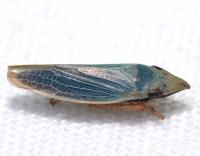 | Photo by: Kyle Kittelberger, Paul Scharf, Brian Bockhahn
Rockingham Co.
Comment: attracted at night with a light; at least 1 blue individual as well; A. Hamilton "These sky-blue specimens (when live) are very pretty and very, very rare – I have taken only 2, both together at one site in VT. They lose the intensity when dead. The European Cicadella viridis is a distant relative, and it is more frequently blue." |
 | Photo by: Kyle Kittelberger, Paul Scharf, Brian Bockhahn
Rockingham Co.
Comment: attracted at night with a light; at least 1 blue individual as well; A. Hamilton "These sky-blue specimens (when live) are very pretty and very, very rare – I have taken only 2, both together at one site in VT. They lose the intensity when dead. The European Cicadella viridis is a distant relative, and it is more frequently blue." | 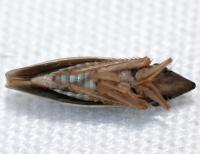 | Photo by: Kyle Kittelberger, Paul Scharf, Brian Bockhahn
Rockingham Co.
Comment: attracted at night with a light; at least 1 blue individual as well; A. Hamilton \"These sky-blue specimens (when live) are very pretty and very, very rare – I have taken only 2, both together at one site in VT. They lose the intensity when dead. The European Cicadella viridis is a distant relative, and it is more frequently blue.\" |
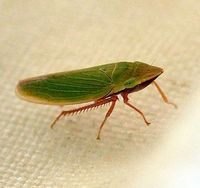 | Photo by: Bockhahn, Scharf
Burke Co.
Comment: LAJA - 2014 BioBlitz Attracted to Light | 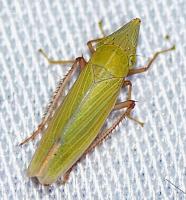 | Photo by: Paul Scharf
Warren Co.
Comment: Attracted to light |
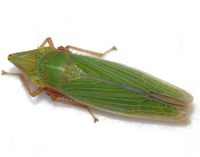 | Photo by: Kyle Kittelberger, Brian Bockhahn, Paul Scharf
Vance Co.
Comment: Found in grassy field/forest edge habitat | 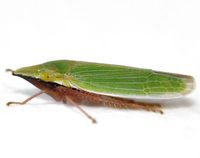 | Photo by: Kyle Kittelberger, Brian Bockhahn, Paul Scharf
Vance Co.
Comment: Found in grassy field/forest edge habitat |
 | Photo by: Kyle Kittelberger, Brian Bockhahn, Paul Scharf
Surry Co.
Comment: grassy, brushy habitat near forest edge |  | Photo by: Kyle Kittelberger, Brian Bockhahn, Paul Scharf
Surry Co.
Comment: grassy, brushy habitat near forest edge |
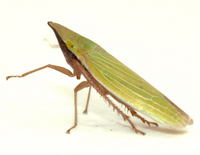 | Photo by: Kyle Kittelberger, Brian Bockhahn
Orange Co.
Comment: Riverine edge, grassy/brushy habitat. Female | 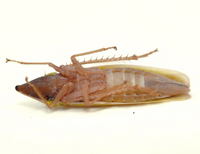 | Photo by: Kyle Kittelberger, Brian Bockhahn
Orange Co.
Comment: Riverine edge, grassy/brushy habitat |
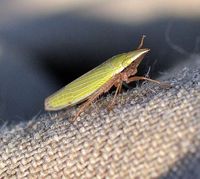 | Photo by: Paul Scharf
Warren Co.
Comment: Caught sweeping | 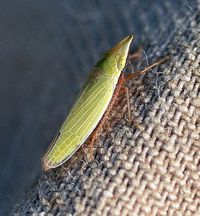 | Photo by: Paul Scharf
Warren Co.
Comment: Caught sweeping |
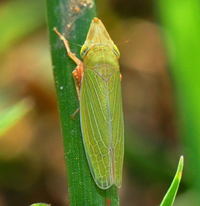 | Photo by: Kyle Kittelberger, Paul Scharf
Wake Co.
Comment: grassy habitat |  | Photo by: Kyle Kittelberger, Brian Bockhahn
Rockingham Co.
Comment: perching on a leaf in open forest/pond edge |
|

 »
»